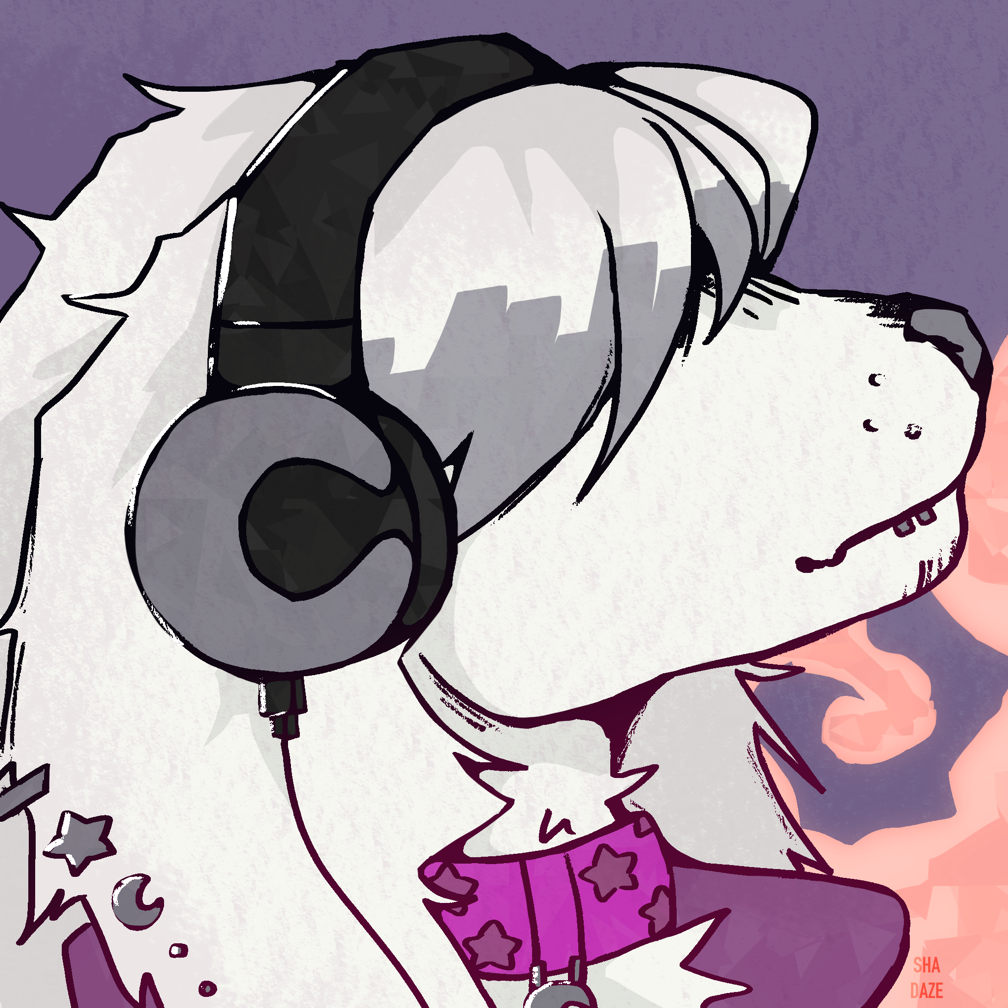Zyper In Details
Basics
Average Height: 70cm - 100cm
Lifespan: 15 Years (Adult at 3 years.)
Physical Genders: Male and Female only. (Genders identity can be any.)
xxxxxxxxxxxxxxxxxxxxxxxxxxxxxxxxx
Physical Description
Starting at the head, Zypers have long slender muzzles with nose slots for breathing. Their jaw is lined with sharp teeth, including four canine teeth at the top and a smaller pair of canines at the bottom. Their tongues are long and slender like a snake. It's head is narrow and streamlined with pointy triangular shaped eyes.
The Zyper wears a thick mane of hair which usually begins at the top of the head and ends just before the pelvis. The fur usually travels down the front legs like feathers from the back however the mane varies between individuals. They usually have feathery hair running up the hock. One of the most noticeable pieces of fur on the Zyper is the fur that begins at the rump and grows outwards in the direction of the tail, this fur is long and often looks scruffy.
With a nice set of sharp claws and firm pads at the base of their long legs, Zypers are excellent sprinters. If the mane was to be shaved, you would notice that these creatures have the body of an athlete that can cover distances at a very fast pace, much like that of the cheetah.
In the Zyper, the ears and tails vary. Commonly large ears and a long tail with feathery fur at the end is more often found than any other adaption.
Another characteristic of the Zyper is the pume like feathers that radiate from certain areas. Commonly found protruding from the corner of they eyes, inside of the ears, from their mane and from the fur at the base of their tail, these feelers test the air in their environment and held the Zyper adapt to the atmosphere.
xxxxxxxxxxxxxxxxxxxxxxxxxxxxxxxxx
Behavior
Zypers are often found living solitary lives however some Zyper will group together or pair up with their mates to make their lives a little easier. They live active lives, often preferring open landscapes where they can sprint rather than being surrounded by trees and brush.
Zypers communicate through multiple different types of sounds and movements. If a Zyper approaches you making a rapid snorting type whimpering sound, this means it is being affectionate, he may rub his head on you and ask you for a cuddle. But when a Zyper hisses and lashes his tail, this means that the creature is being aggressive and threatening. A scared or unsure Zyper will shy away but he may appear to be aggressive if the threat doesn't retreat.
Zyper can be kept as pets for humans however they need strict training as they can be suborn. They also like you to always be around to take them out for very long walks. A pet Zyper can make a good companion and will defend you well if needed.
xxxxxxxxxxxxxxxxxxxxxxxxxxxxxxxxx
Breeding
Zypers make wonderful parents. Zypers hatch from eggs after a few weeks of being laid, unlike most species, the eggs are well insulated and so they don't need sitting on to keep warm however they do need protecting from predators. Zyper hatch-lings are cared for by their mother and their farther. It can be hard work rearing Zyper hatch-lings as they can produce up to three eggs in one litter. Zypers tend to find their feet rather quickly after hatching but they tend to stay near to the nest for the first few months of their life. Their mother and farther will teach the youngsters how to find food and survive for themselves. Most Zyper youngsters will leave mum and dad when they reach a 1.5 - 2 years of age.
xxxxxxxxxxxxxxxxxxxxxxxxxxxxxxxxx
Diet
Zypers are mostly carnivorous however unlike most meat eating animals, Zypers prefer to hunt and ear smaller prey such as rats and rabbits as it means less chewing. On occasions they will take on larger prey however it is risky as Zyper can get injured very easily, injury to a wild Zyper can often mean death.
Along with eating meat, Zypers do occasionally enjoy the taste of fruits and berries. They may use herbs as a way of healing and for mystical magic.









































.png)

